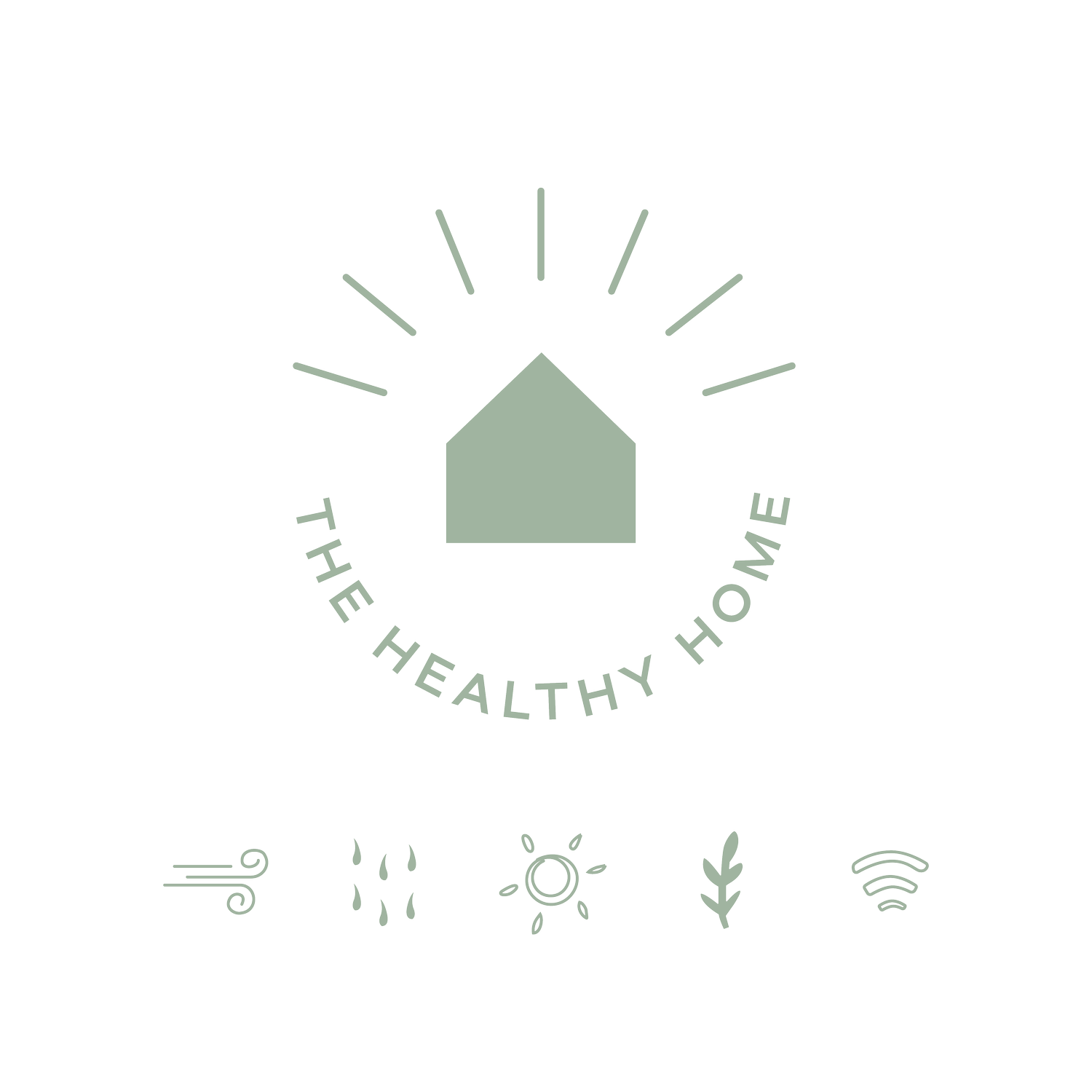Should we go back to wired internet?
Cast your mind back to life before wireless internet.
Did it feel like anything was missing? Was it inconvenient only being able to use the internet at certain points in your home or workplace?
I've gone back to wired internet in my home office and I have to say that after tethering and using a dongle for the first five months in my new home (while I waited for for NBN to be connected), it make a really noticeable difference to how I feel, and I haven't found it inconvenient at all.
Typically, after working at my laptop with Wi-Fi I’ve got brain fog, I’m head-achey, sluggish, fatigued, and feeling pretty flat. Sometimes I get a tingling sensation in my hands and my head, and occasionally lips, and a metallic taste in my mouth.
Now, after working at my laptop using wired internet, my mind is typically clearer at the end of the day, I don't find myself feeling head-achey or getting tingling sensations, I'm not as sluggish and and I’m in a better mood.
Now I know my personal anecdotes may sound a bit 'woo woo' for the skeptics.
Here are some of the facts about what radiation from wireless technology does to the human body:
Radiation from wireless technology is classified as a Group 2b carcinogen by the World Health Organisation
More than 200,000 scientists, doctors, nurses, psychologists, engineers and building biologists that are signatories to the 5G space appeal support the view that:
"The evidence that radio frequency (RF) radiation is harmful to life is already overwhelming. The accumulated clinical evidence of sick and injured human beings, experimental evidence of damage to DNA, cells and organ systems in a wide variety of plants and animals, and epidemiological evidence that the major diseases of modern civilization—cancer, heart disease and diabetes—are in large part caused by electromagnetic pollution, forms a literature base of well over 10,000 peer-reviewed studies.
"Additional effects from radio-frequency radiation include: damage to sperm, immunity, changes to hormone and brainwave patterns, learning and memory deficits, miscarriage, neurological damage, obesity, autism, ADD and asthma."The Cyprus Medical Association and Vienna/Austrian Medical Chambers and Cyprus National Committee on Children's and Environmental Health issued the Nicosia Declaration on Electromagnetic Fields/Radiofrequencies in 2017, stating that: "exposure to radiofrequencies at an early developmental stage is of particular concern due to greater absorption and potential effects on the developing brain. Exposure at home should be reduced at home by minimising the use of wireless devices, by applying safer technologies, like wired internet. There will be no loss of comfort. Schools should avoid WiFi."
WiFi has been banned in schools, kindergartens and nurseries in France since 2015.
I’ve heard tragic insights from a building biologist I’ve worked with, who has seen too many instances of pets passing away too soon, in every instance the pet bed has been near a wifi router or SONOS system.
It seems like an incredibly high price to pay, and huge risk to take, for convenience, doesn’t it?
I'm not here to tell you that you should do away with modern technology.
Knowledge is power, and isn't it better to know this now, than in 10 years time?
While there isn't a lot we can do about exposure to wireless tech outside our homes, but our homes at the very least should be a place for our bodies to rest and repair, particularly now with the rollout of 5G towers, which are cranking the dials on radiofrequencies we're being exposed to every to to levels used by the US military for crowd control
It does beg the question, how is all of this allowed to happen?
ARPANSA (Australian Radiation Protection and Nuclear Safety Agency), our national regulatory body responsible for radiofrequency standards, receives funding from the telcos that stand to lose profit if regulations are changed (interestingly, a document that stated this on ARPANSA's own website has now been removed).
Australian standards are based on a 100kg six-foot adult male (SAM), which was used to carry out phone testing back in the early 90s for 6 minutes of phone usage, but 97% of us are not six foot adult males.
The problem with this is that kids absorb more radiation than SAM, and SAM’s head is full of water, salt and sugar (We Are Not Sam)
It is absolutely possible to live peacefully and harmoniously with modern technology while also significantly reducing your risk of serious illness.
If after reading this you've decided to go back to wired internet - firstly, hooray! If hardwired internet isn’t on the cards for you, that’s okay. You can still significantly reduce your daily exposure levels by turning your wifi off at night.
Reference
Goodman, N. et al. 2018. CSIRO, University of Melbourne, James Cook University, Curtin University, Menzies Institute for Medical Research. (Online). Available: https://nespurban.edu.au/wp-content/uploads/2018/11/Goodman-et-al.-2018-Indoor-volatile-organic-compounds-at-an-Australian-university.pdf [Cited: 01/12/20]



